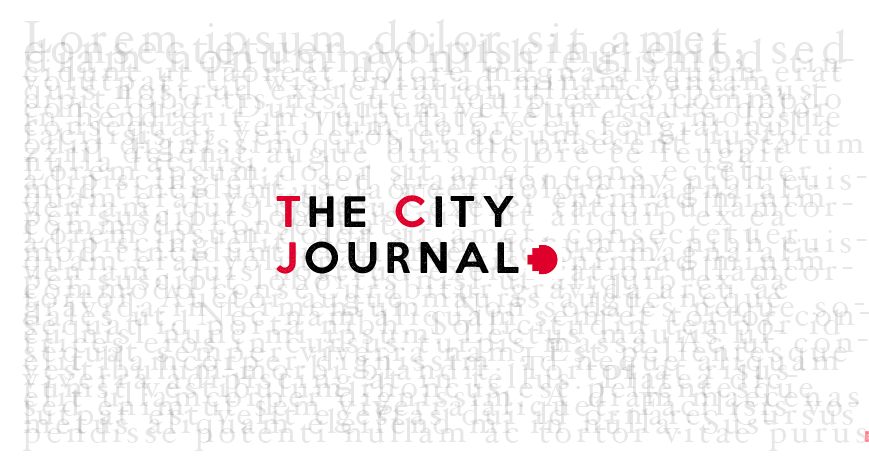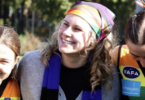News editors and journalists are increasingly contending with how to balance the public’s right to know with the journalistic ethical responsibility to avoid reinforcing harmful racial and ethnic stereotypes.
Journalists are expected to avoid placing unnecessary emphasis on personal characteristics.[1] However, there are times when a subject’s race or ethnic background becomes relevant, particularly in cases involving systemic discrimination or political rhetoric. Deciding when that line is crossed is often a matter of newsroom debate.
News Editor at The Age, Hannah Hawkins, says that a subject’s race or ethnicity is not generally included in crime reporting unless it is directly relevant, “When Peter Dutton said a few years ago that African gangs are roaming Melbourne and terrorising people… you would have to include that [because] you’re reporting a quote”, she says. In this case, reporting on race was unavoidable due to the public discourse surrounding it. However, in standard crime reporting she says it wouldn’t be appropriate to identify a subject’s heritage because it generally isn’t relevant to the crime. According to the Race Reporting Handbook by Media Diversity Australia, mentioning race in crime stories where it is not appropriate can portray criminal activity as an ethnic trait, leading to moral panic and the stigmatisation of entire communities.[2]

(HANNAH HAWKINS)
These considerations are not always clear-cut. Hawkins recalls newsroom discussions around the use of the term “Middle Eastern crime gangs” to describe major organised crime families operating in Australia, a label she says is used by law enforcement and the crime families themselves. In this case, the decision to use the term is based not only on its official designation, but also the fact the groups self-identify with their heritage.
Hawkins says that engaging with the communities affected by media coverage is important, particularly if the subject belongs to a minority group. When in doubt, she says, journalists should ask how individuals and communities want to be identified. A recent example involves a Somali refugee who was shot and killed by police in the inner west Melbourne suburb of Footscray. Hawkins says his community advocated for his race to be recognised in the media as they see the incident as being directly relevant to race, homelessness, and refugee status, “there’s a lot of intersectional factors at play… and the community wanted this to be recognised”, she says.
The rise of digital publishing and the pressure to break news quickly can complicate these editorial decisions. Hawkins says that at The Age, reporters and editors are encouraged to slow down and prioritise accuracy and sensitivity, “rather than just beating our competitors at all costs, we’ll definitely hang onto something until we’ve got the wording right”, she says. When a story involves a culturally or racially sensitive issue, Hawkins says the editorial team aim to have it reviewed by multiple people, including those with relevant lived experience or reporting expertise. This internal consultation process, she says, helps ensure appropriate language and framing before publication.
Hawkins says that having diversity within the newsroom itself is also important. Ensuring team members come from a range of backgrounds plays a key role in sense-checking stories and making sure reporting reflects different perspectives, particularly when covering minority communities, she says. This is echoed in Media Diversity Australia’s Race Reporting Handbook, which states that ensuring diversity within newsrooms is crucial for ethical, accurate, and inclusive journalism. As reporters and editors adapt to the demands of digital publishing and the speed of the news cycle, they continue to weigh not just what gets reported, but how it gets reported on.
[1] Media, Entertainment and Arts Alliance. (2019). MEAA Journalist Code of Ethics. https://www.meaa.org/meaa-media/code-of-ethics/
[2] Media Diversity Australia. (2021). Race reporting handbook: A guide for Australian media. https://www.mediadiversityaustralia.org/race-reporting-handbook/
(Featured Image: William West AFP)





